Home>Gardening & Outdoor>Landscaping Ideas>How To Remove Weeds Without Killing Grass
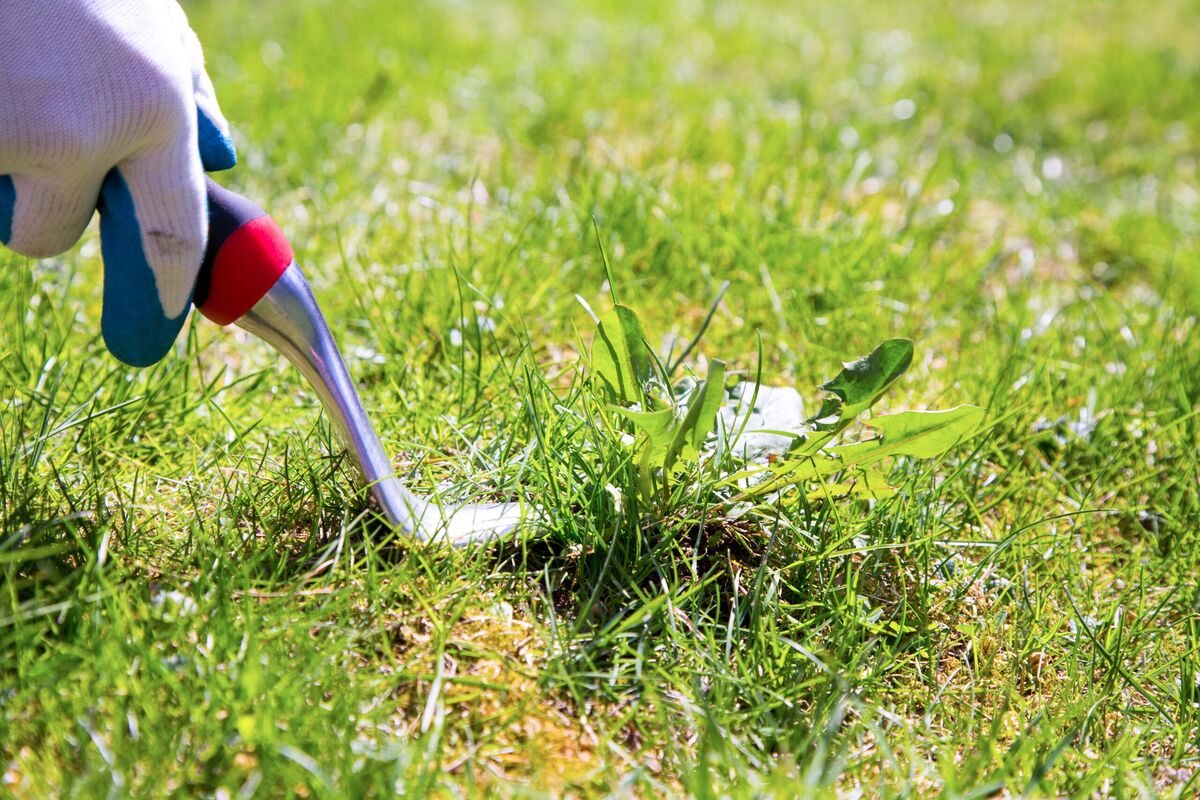

Landscaping Ideas
How To Remove Weeds Without Killing Grass
Published: January 25, 2024
Learn effective landscaping ideas for removing weeds without harming your grass. Discover eco-friendly solutions for a lush, weed-free lawn.
(Many of the links in this article redirect to a specific reviewed product. Your purchase of these products through affiliate links helps to generate commission for Storables.com, at no extra cost. Learn more)
Introduction
Welcome to the battle against weeds in your lawn! Weeds are the uninvited guests that can quickly turn your lush green lawn into a patchy, unsightly mess. While it’s important to maintain a weed-free lawn, it’s equally essential to do so without harming the grass and other desirable plants. In this comprehensive guide, we’ll explore effective methods to remove weeds without causing harm to your precious grass. By understanding the different types of weeds, learning manual weed removal techniques, utilizing natural weed killers, and implementing preventive measures, you can reclaim your lawn and keep it healthy and vibrant.
Let’s dive into the world of weed management and discover how to achieve a weed-free lawn while preserving the beauty of your grass.
Key Takeaways:
- Say goodbye to weeds without harming your grass! Learn about different weed types and use manual removal techniques to keep your lawn lush and vibrant.
- Embrace natural weed killers and preventive measures to create a resilient, weed-resistant lawn. Enjoy a beautiful, healthy outdoor space without the hassle of unwanted weeds.
Understanding the Different Types of Weeds
Before delving into weed removal techniques, it’s crucial to understand the various types of weeds that may infiltrate your lawn. Weeds are typically categorized as either broadleaf weeds or grassy weeds. Broadleaf weeds, as the name suggests, have wide leaves and often produce vibrant flowers. Examples of broadleaf weeds include dandelions, clover, and chickweed. On the other hand, grassy weeds resemble grass in their appearance and growth habit, making them particularly challenging to eradicate without harming the desirable grass species.
Furthermore, weeds can be annual, biennial, or perennial. Annual weeds complete their life cycle within a year, germinating from seeds, growing, flowering, and producing seeds before dying. Biennial weeds have a two-year life cycle, germinating and forming rosettes in the first year and flowering and setting seeds in the second year. Perennial weeds, the most persistent and challenging to eliminate, can live for multiple years and spread through seeds, roots, or underground rhizomes.
By identifying the specific types of weeds invading your lawn, you can tailor your weed removal and prevention strategies to effectively combat these unwanted intruders. Understanding the life cycles and growth habits of different weeds is essential for implementing targeted and successful weed management techniques.
Manual Weed Removal Techniques
When it comes to removing weeds without harming the grass, manual techniques can be highly effective. One of the simplest and most environmentally friendly methods is hand-pulling weeds. This method is best suited for small infestations and is particularly effective for removing individual weeds or clusters of weeds. To ensure successful weed removal, grasp the weed as close to the base as possible and gently but firmly pull upward, ensuring that the entire root system is extracted. It’s important to perform this task when the soil is moist, such as after rainfall or watering, as it facilitates easier weed removal and minimizes soil disturbance.
For larger infestations or weeds with deep taproots, a long-handled weeding tool, such as a dandelion digger or corkscrew weeder, can be utilized to effectively remove weeds without excessive bending or kneeling. These tools allow for precise targeting of individual weeds while minimizing the impact on surrounding grass.
In areas where manual removal is impractical or time-consuming, using a hoe or hand cultivator to sever the weeds from their roots just below the soil surface can be an efficient alternative. This method is particularly effective for disrupting the growth of annual weeds and preventing them from producing seeds.
Regular mowing of the lawn at the appropriate height for the grass species can also help suppress weed growth by shading the soil and preventing weed seeds from germinating. Additionally, maintaining a dense and healthy turf through proper watering, fertilization, and aeration can naturally outcompete weeds, reducing their establishment and proliferation.
By employing these manual weed removal techniques, you can effectively manage weed infestations while safeguarding the health and vitality of your grass, contributing to a visually appealing and resilient lawn.
Regularly mow your lawn at the proper height to promote healthy grass growth and discourage weed growth. Use a weeding tool to manually remove weeds without harming the grass.
Using Natural Weed Killers
For those seeking environmentally friendly alternatives to chemical herbicides, natural weed killers offer effective solutions for controlling weeds without posing harm to the surrounding grass and soil. One popular natural weed killer is the application of vinegar, specifically horticultural vinegar with a higher acetic acid concentration than household vinegar. When applied directly to the foliage of weeds on a warm, sunny day, vinegar can desiccate and kill the unwanted plants. However, it’s important to exercise caution when using vinegar, as it can also affect desirable plants if not applied selectively.
Another natural weed control method involves the use of boiling water. Simply pouring boiling water over the weeds can cause cellular damage and lead to their demise. This approach is best suited for weeds growing in areas where you want to avoid using chemical or non-selective methods, such as in garden beds or along pathways.
Certain essential oils, such as clove oil and citrus oil, have herbicidal properties and can be utilized as natural weed killers. When appropriately formulated and applied, these oils can effectively control weeds while minimizing the impact on the surrounding grass and soil. However, it’s essential to use these oils judiciously, as excessive application can potentially harm desirable plants.
Additionally, corn gluten meal, a byproduct of the corn milling process, has been found to have pre-emergent herbicidal properties, inhibiting the germination of weed seeds. By applying corn gluten meal to the soil in early spring before weed seeds begin to germinate, you can prevent weed establishment and reduce the need for post-emergent weed control measures.
Utilizing natural weed killers not only helps protect the health of your lawn and the environment but also provides peace of mind knowing that you are avoiding the potential risks associated with synthetic herbicides. By integrating these natural weed control methods into your lawn care routine, you can effectively manage weeds while promoting a thriving and sustainable outdoor environment.
Preventing Weed Growth
While effective weed removal methods are essential, preventing weed growth in the first place can significantly reduce the need for intensive weed management. Implementing proactive measures to create an inhospitable environment for weeds can contribute to the long-term health and beauty of your lawn. Here are several strategies for preventing weed growth without compromising the well-being of your grass:
- Proper Lawn Maintenance: Maintaining optimal lawn health through regular mowing, appropriate watering, and balanced fertilization can promote dense grass growth, effectively crowding out potential weed invaders. Additionally, core aeration can alleviate soil compaction and improve the overall vigor of the turf, reducing the likelihood of weed establishment.
- Mulching: Applying a layer of organic mulch, such as wood chips or straw, around trees, shrubs, and garden beds can help suppress weed growth by preventing sunlight from reaching the soil surface. This inhibits weed seed germination and minimizes the emergence of new weeds.
- Overseeding and Reseeding: Introducing new grass seed to fill in thin or bare areas of the lawn can enhance the density of the turf, creating less space for weeds to take root. Reseeding damaged or worn-out patches can prevent opportunistic weeds from colonizing these vulnerable areas.
- Weed Barrier Fabric: In areas where persistent weed growth is a concern, utilizing weed barrier fabric can provide an effective physical barrier to prevent weed emergence. This porous material allows water and nutrients to penetrate the soil while inhibiting weed growth, making it a valuable tool for weed control in landscaped areas.
- Regular Inspections: Routinely inspecting your lawn and garden beds for early signs of weed infestation allows for prompt intervention, preventing weeds from establishing and spreading. Timely removal of emerging weeds before they produce seeds can help curtail future weed problems.
By integrating these preventive measures into your lawn care regimen, you can create an environment that is conducive to healthy grass growth while minimizing the opportunities for weeds to encroach. Emphasizing proactive weed prevention can lead to a more resilient and aesthetically pleasing lawn, reducing the need for extensive weed management efforts in the long run.
Read more: How To Kill Weeds In The Grass
Conclusion
Managing weeds without harming the grass is a delicate balance that requires a combination of effective techniques and a deep understanding of plant biology. By familiarizing yourself with the different types of weeds and their life cycles, you can tailor your approach to weed removal and prevention, ensuring the health and vitality of your lawn.
Manual weed removal techniques, such as hand-pulling and targeted tools, offer a hands-on approach to weed control, allowing for precise and selective removal of unwanted plants. These methods minimize the impact on the surrounding grass while effectively managing weed infestations.
For those seeking natural alternatives to chemical herbicides, natural weed killers provide environmentally friendly options for controlling weeds without compromising the health of the lawn. From vinegar and boiling water to essential oils and corn gluten meal, these natural solutions offer effective weed control while minimizing the potential risks associated with synthetic chemicals.
Preventing weed growth through proper lawn maintenance, mulching, overseeding, and proactive inspections can significantly reduce the need for intensive weed management, fostering a resilient and weed-resistant lawn environment. By implementing these preventive measures, you can create an inhospitable environment for weeds while promoting the lush growth of your grass.
Ultimately, achieving a weed-free lawn without harming the grass requires a proactive and integrated approach that encompasses both weed removal and prevention strategies. By incorporating these methods into your lawn care routine, you can enjoy a vibrant, healthy lawn that is free from the encroachment of unwanted weeds, enhancing the overall beauty and appeal of your outdoor space.
With a holistic understanding of weed management and a commitment to sustainable practices, you can successfully maintain a weed-free lawn while nurturing the flourishing growth of your grass, creating a welcoming and picturesque outdoor oasis for relaxation and enjoyment.
Frequently Asked Questions about How To Remove Weeds Without Killing Grass
Was this page helpful?
At Storables.com, we guarantee accurate and reliable information. Our content, validated by Expert Board Contributors, is crafted following stringent Editorial Policies. We're committed to providing you with well-researched, expert-backed insights for all your informational needs.
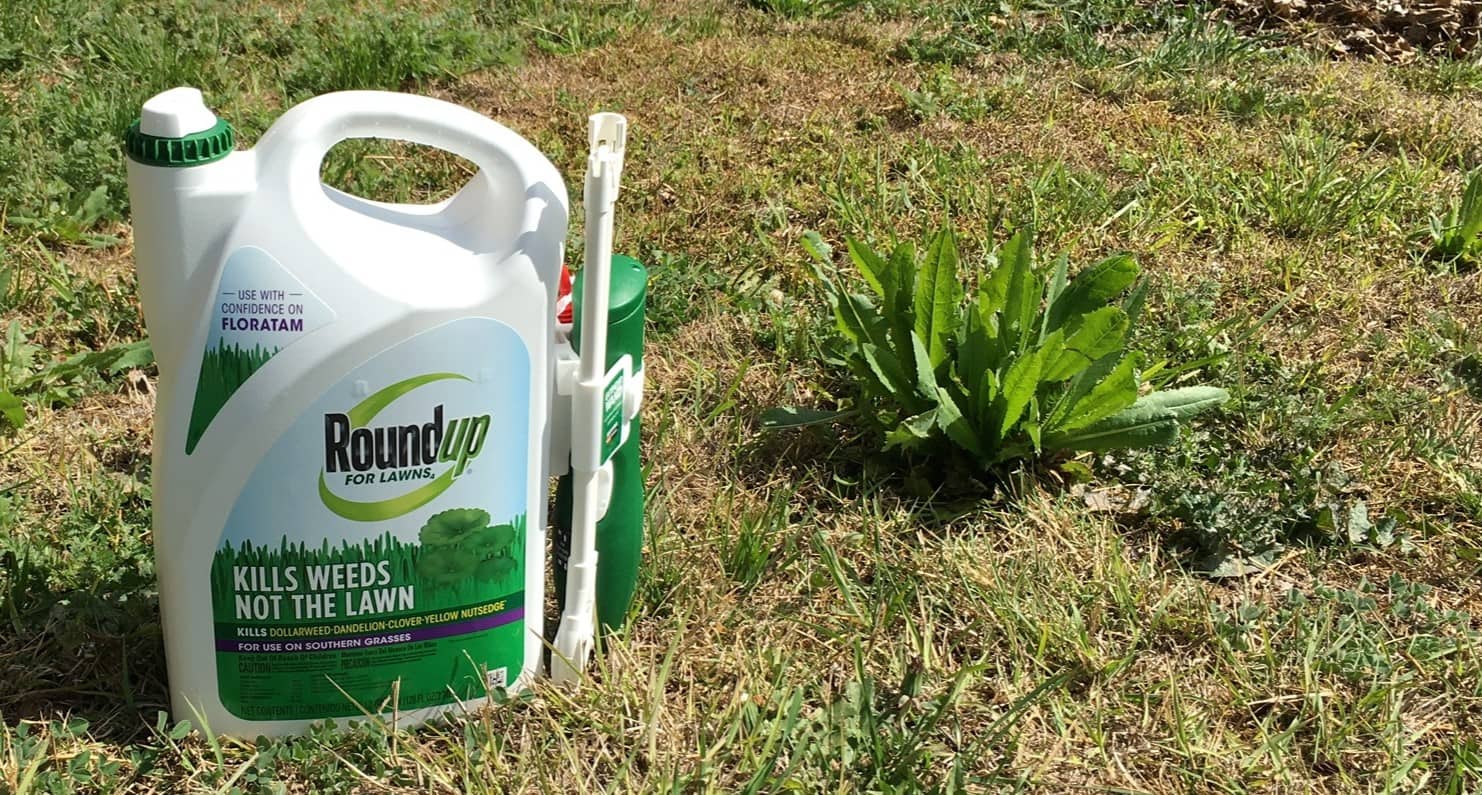
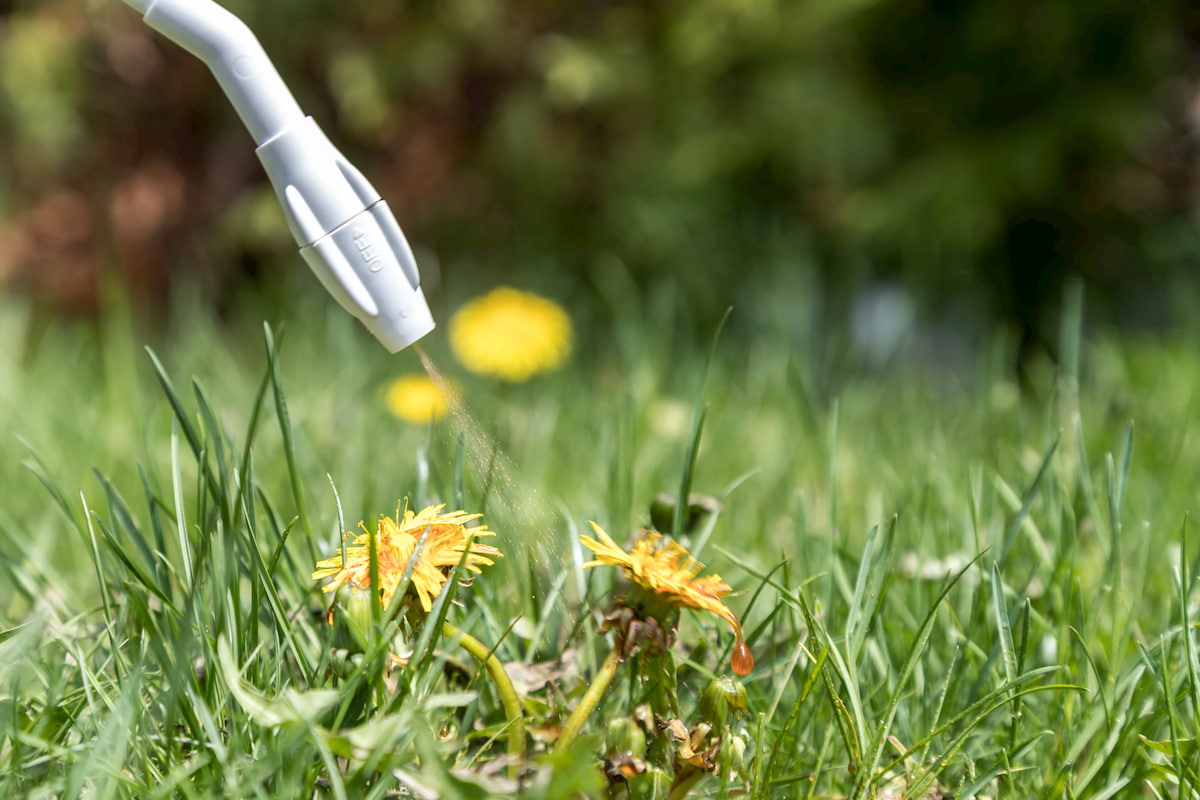
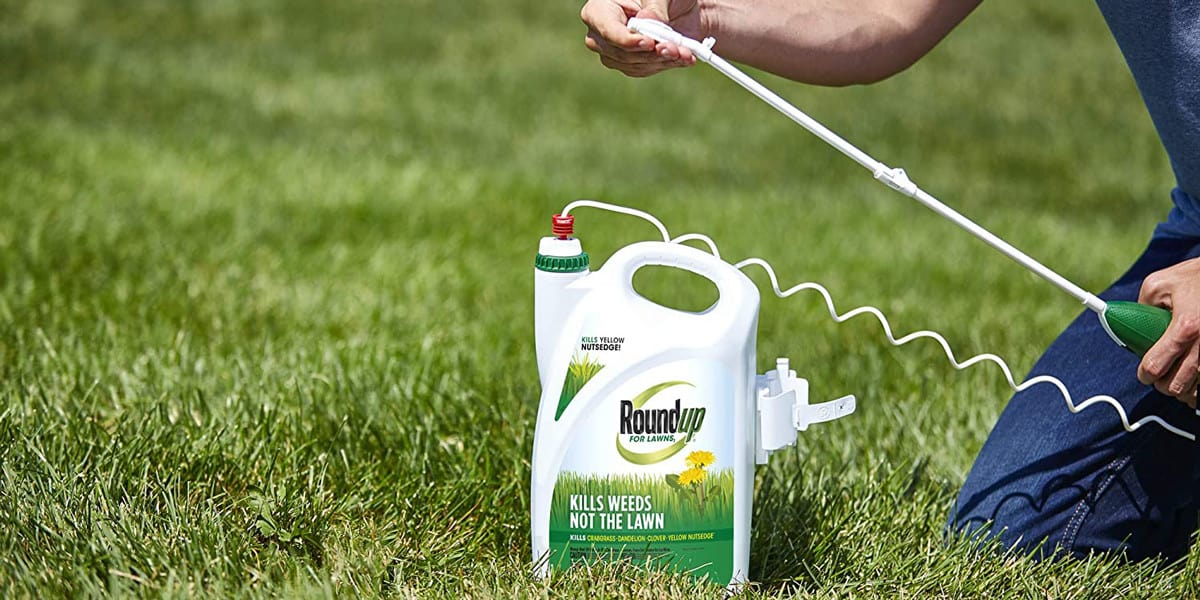
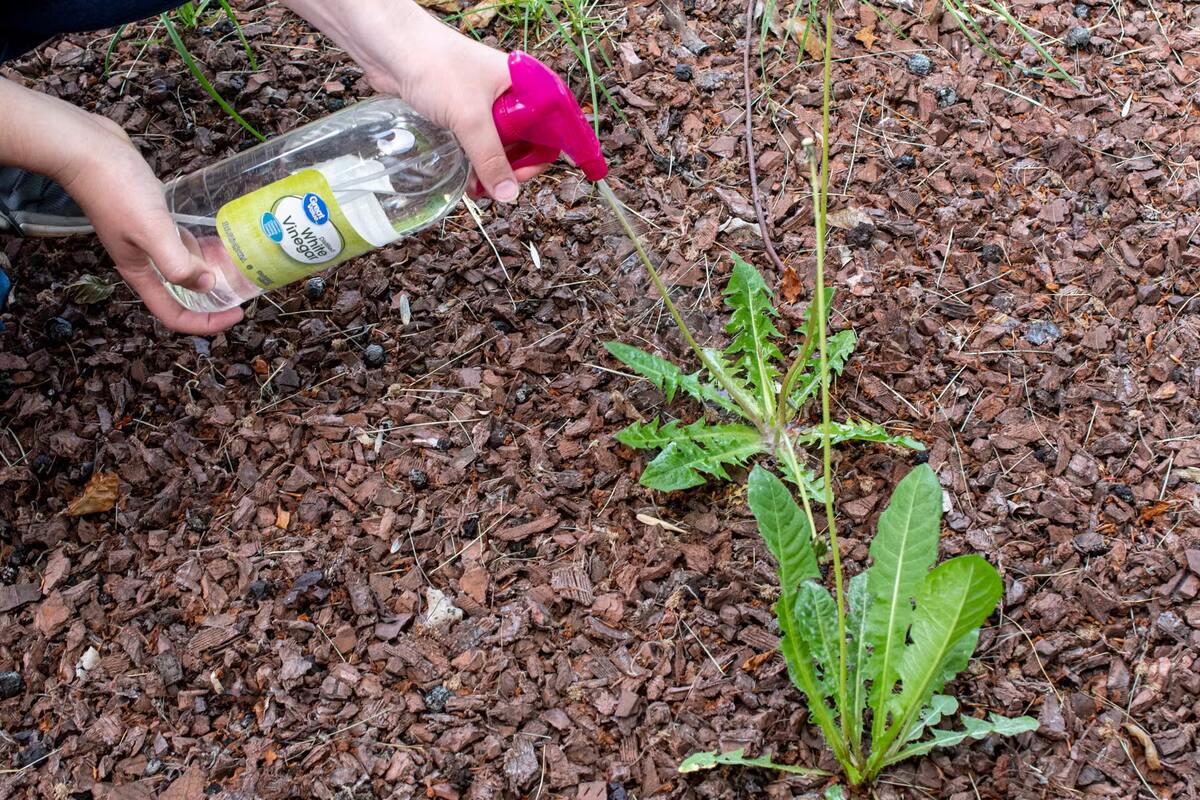
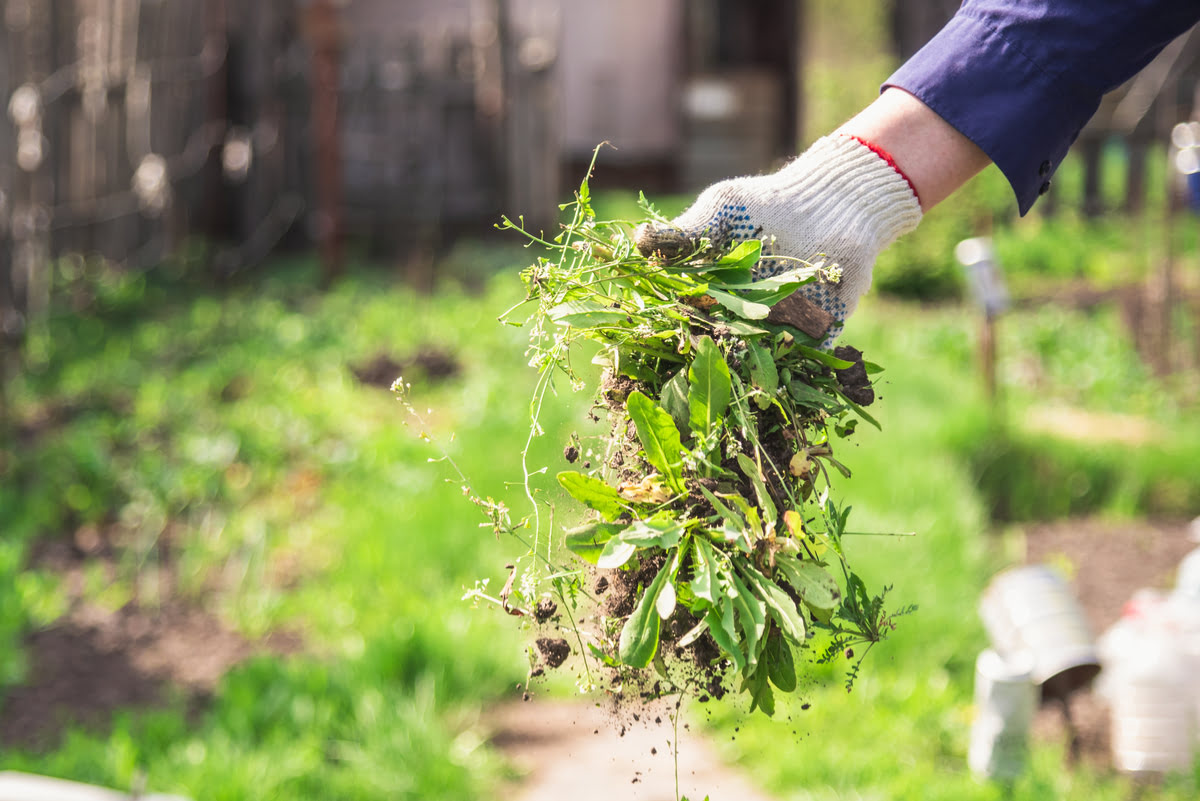
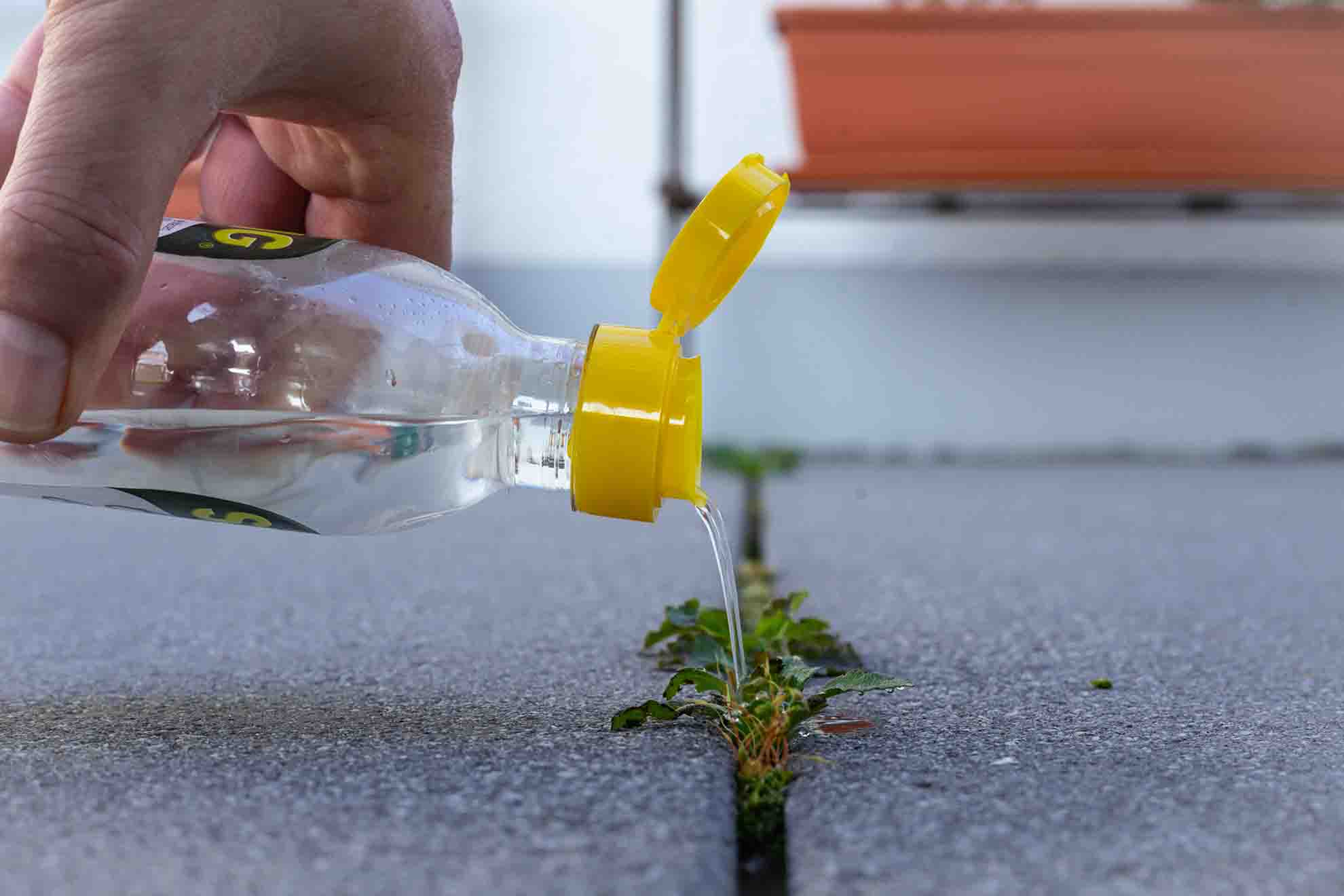
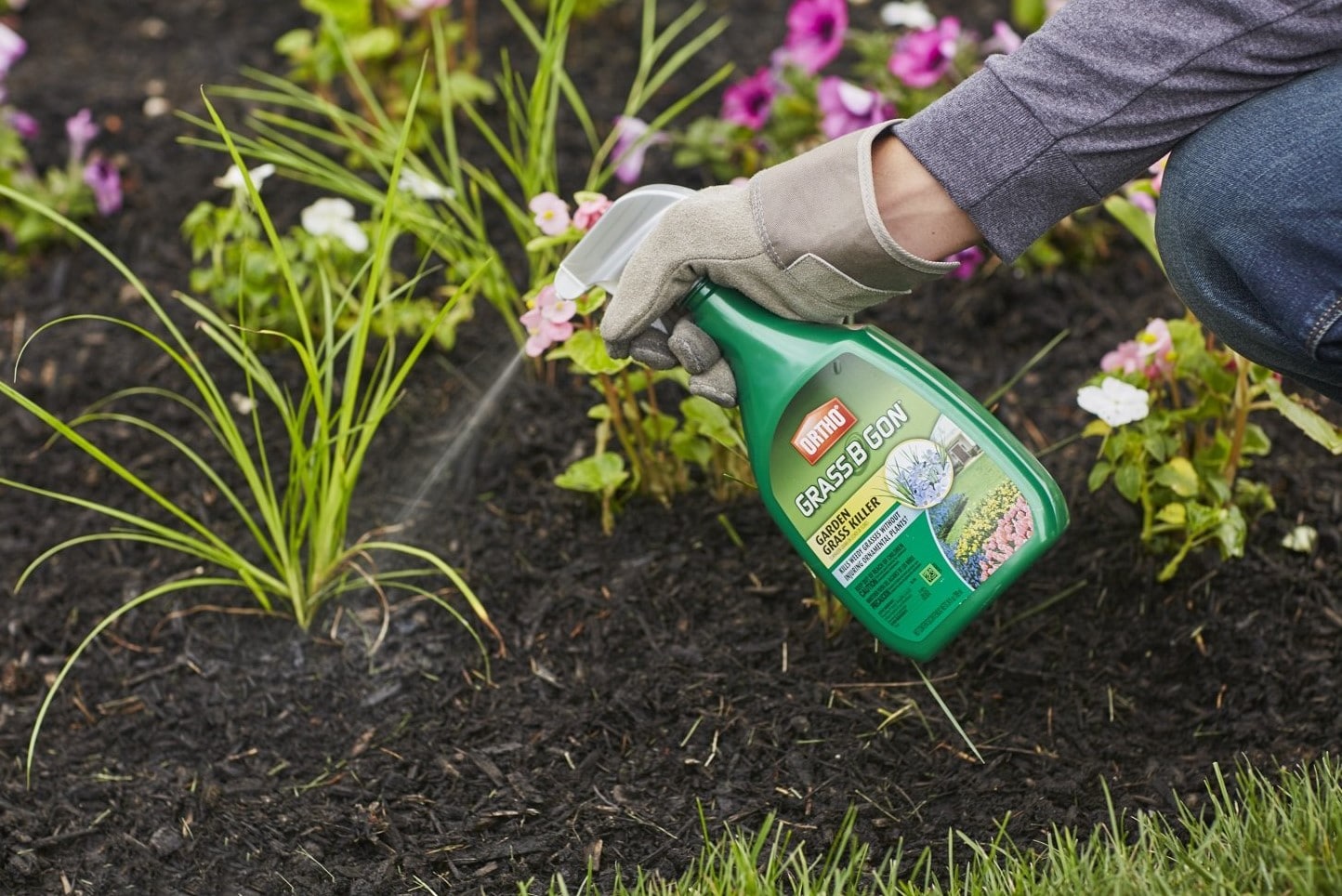


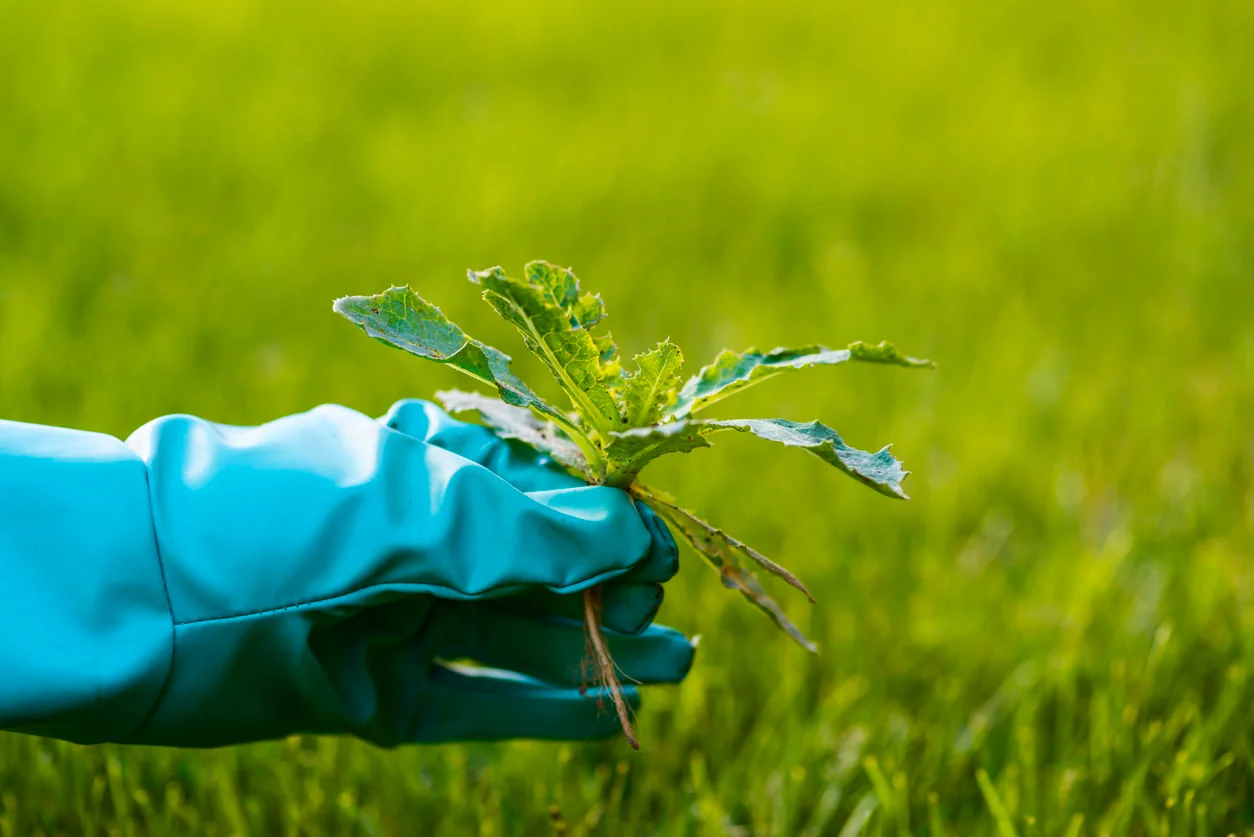
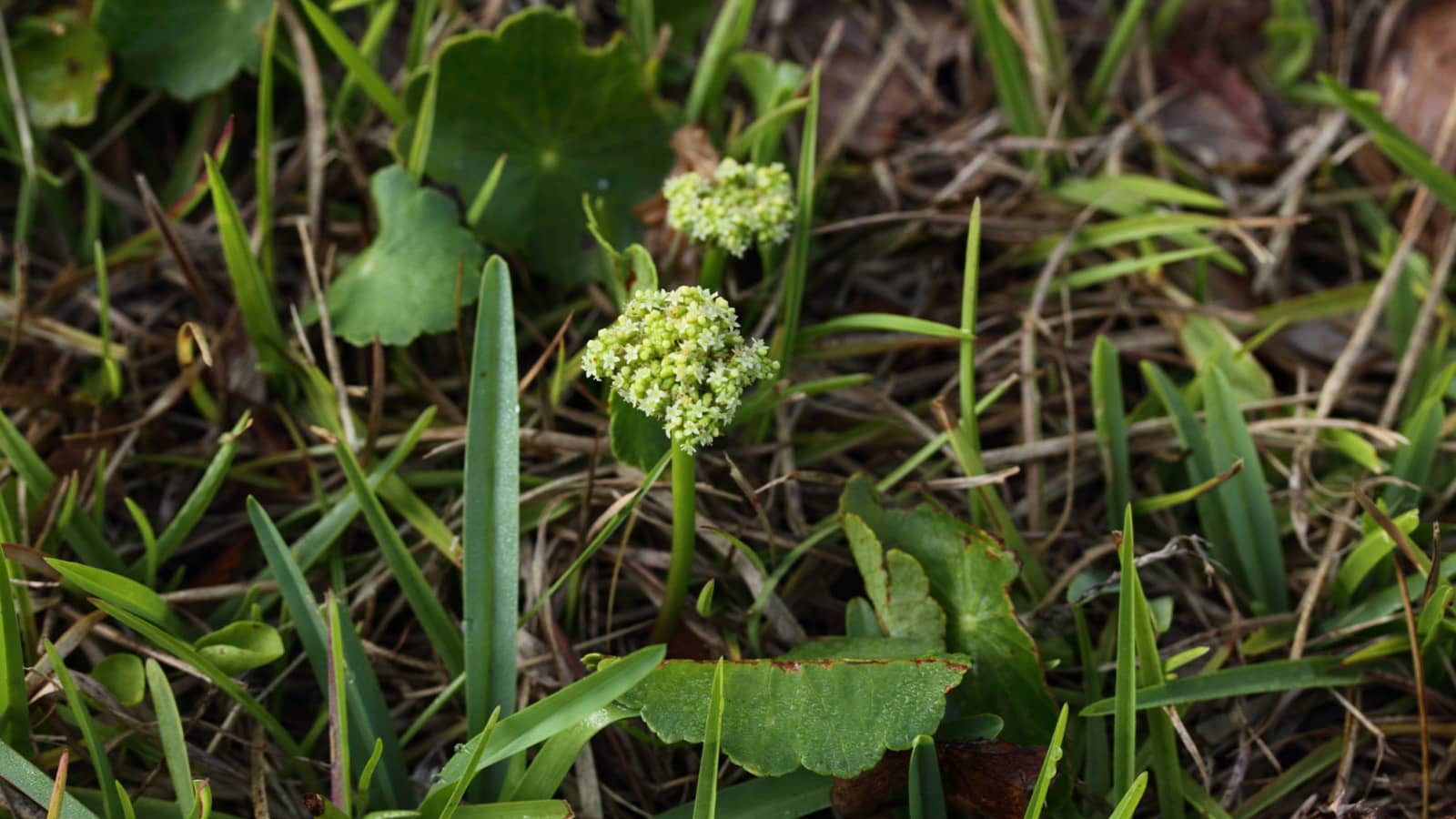
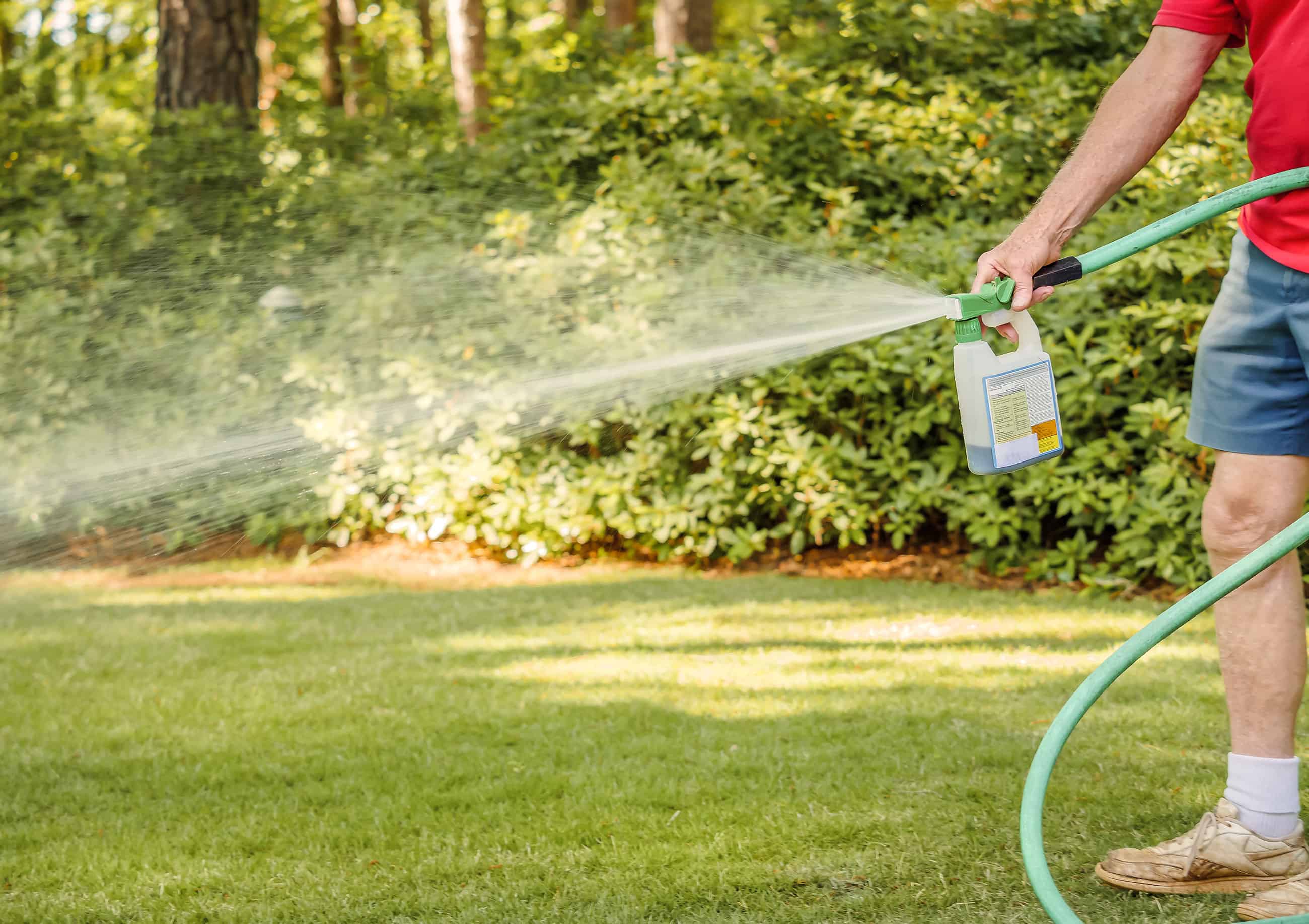
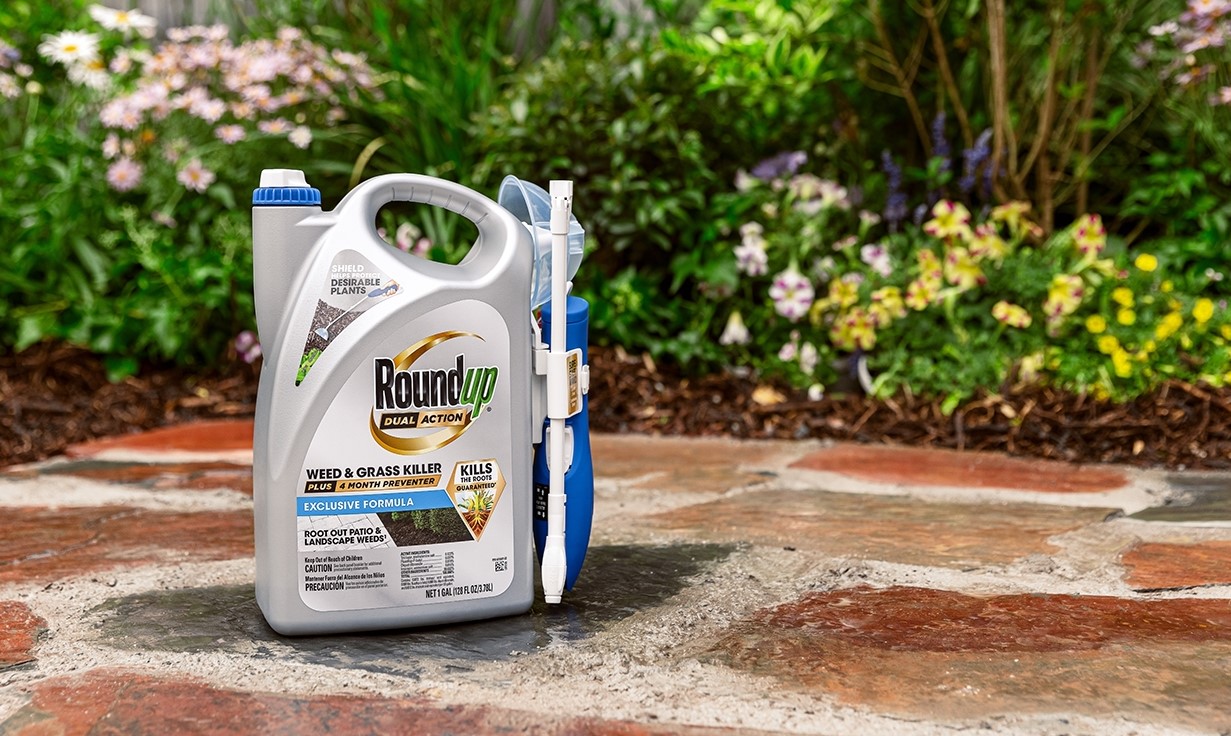
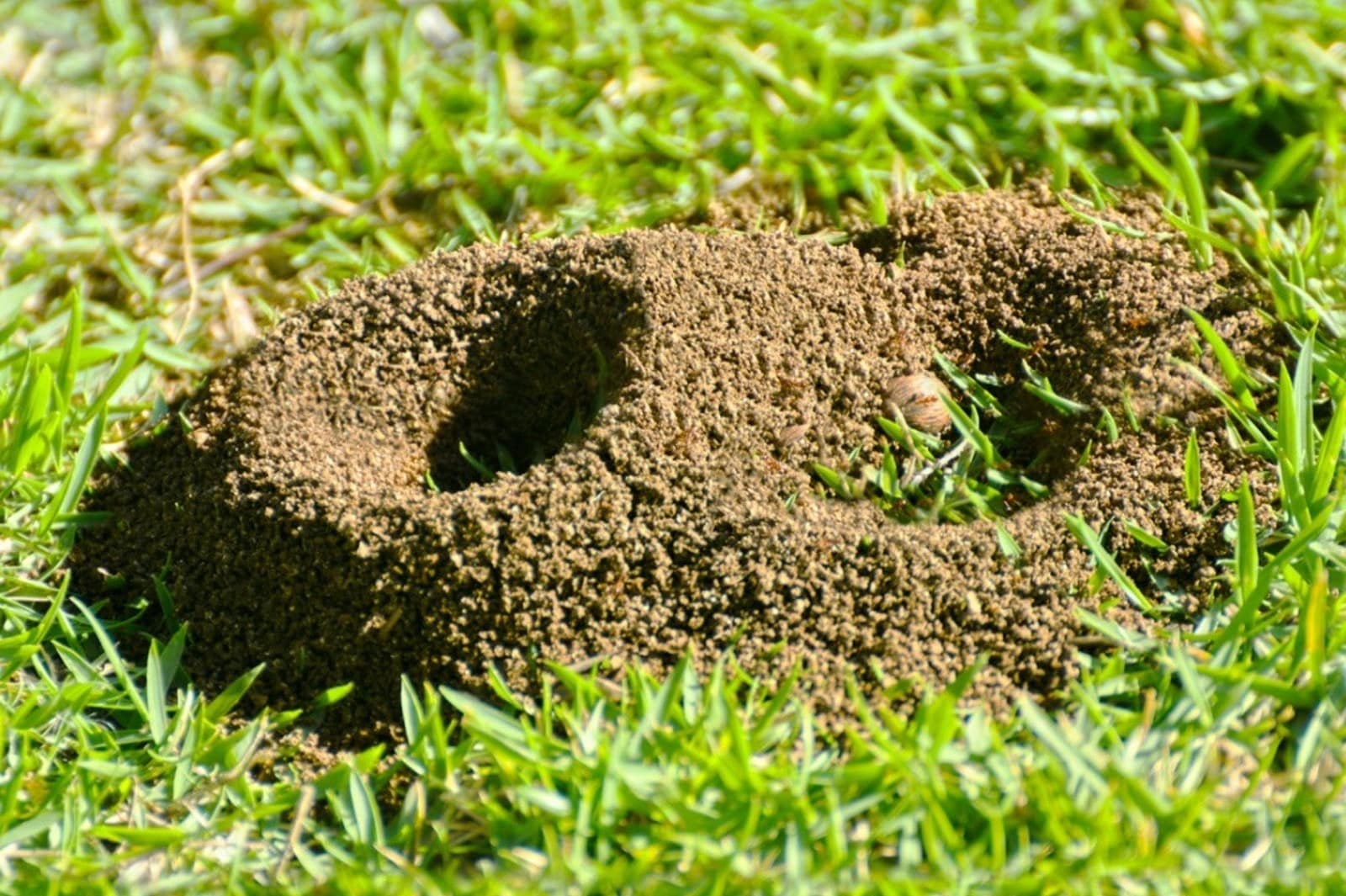

0 thoughts on “How To Remove Weeds Without Killing Grass”